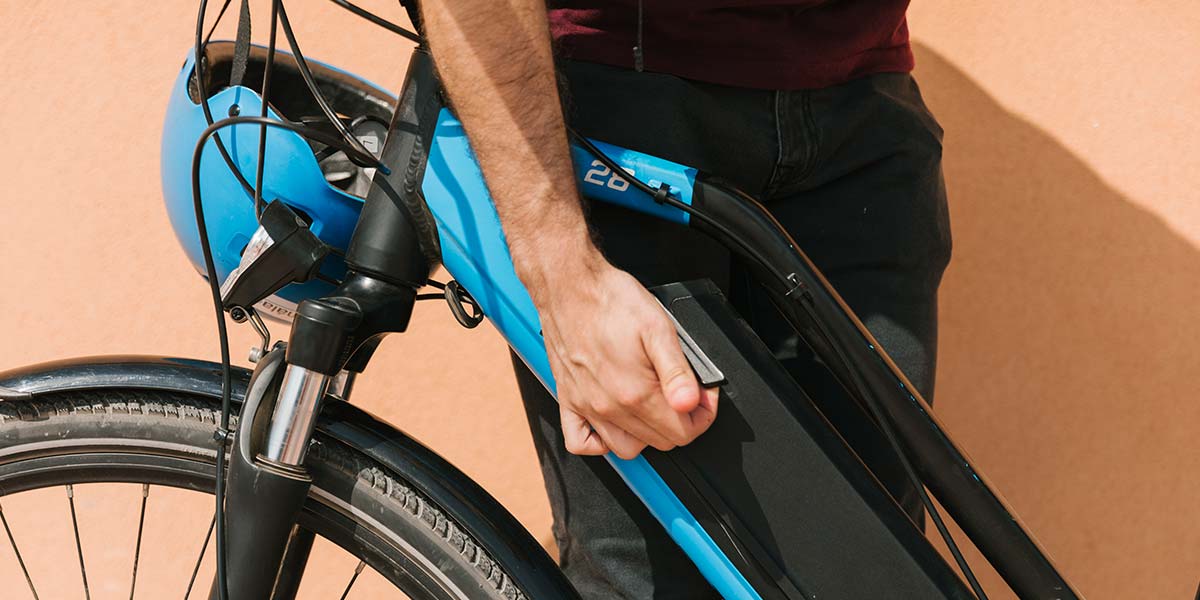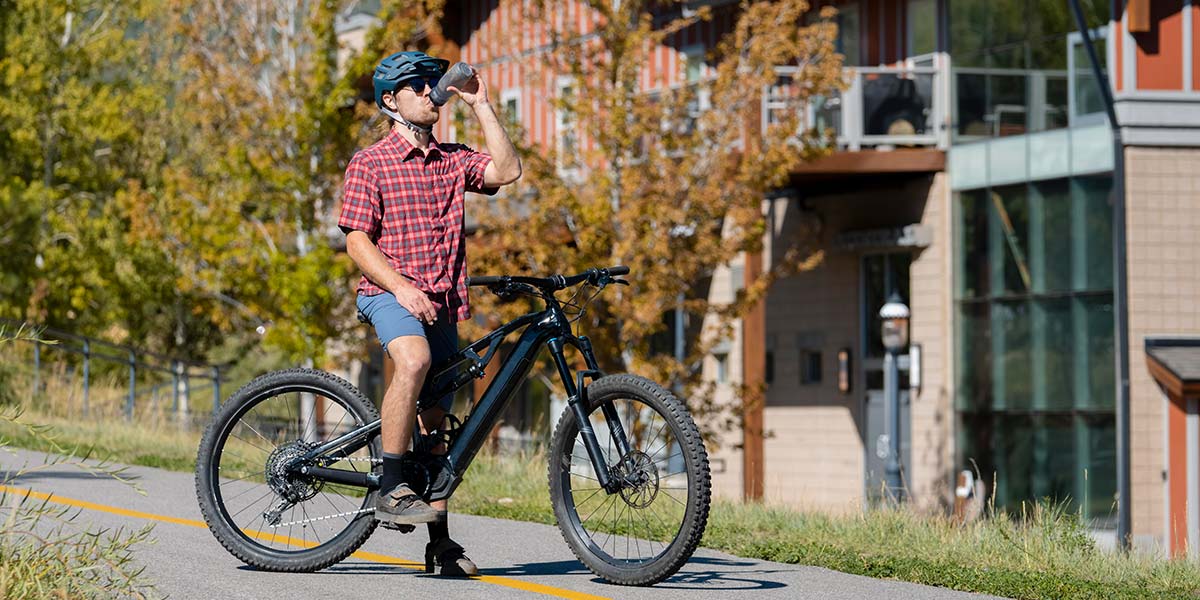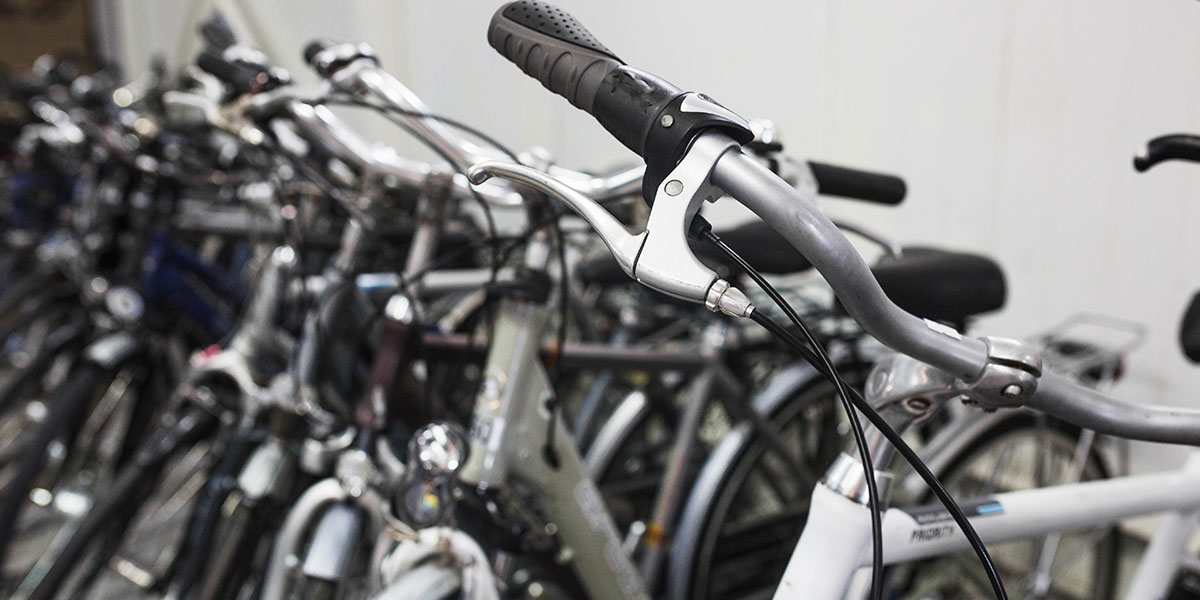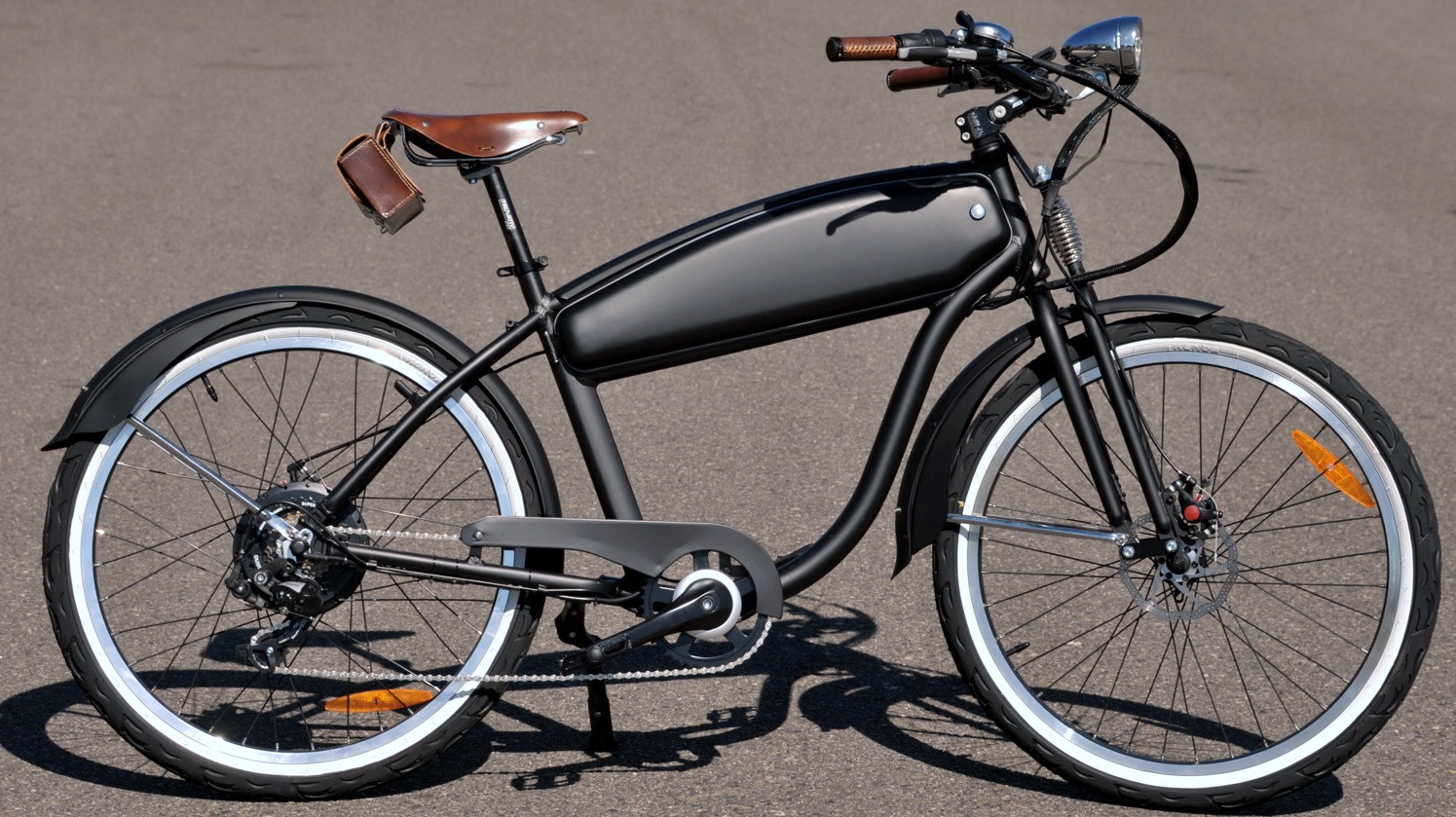In the 1890s, electric bikes started to appear in US patents.
At the end of 1895. Ogden Bolton Jr. Was granted a patent for a bicycle powered by batteries with 6-pole hub motor mounted in the rear wheel. The motor was powered by a 10V battery which was able to output 100A.
In 1897, H.W. Libbey invented an electric bicycle with dual motor drive situated next to the crank. Tat design was taken by Giant in1990s.
In 1898 and 1899, patents were given for belt drive and friction drive electric bicycles. Torque sensors and power controllers where not used until the 1990s. At that time cheaper e-bikes had lead-acid batteries while high-end bikes had NiCd and lithium batteries which were lighter and more powerful. In 2001, lithium ion batteries were the new go-to option because of their superior capacity, high power, and low weight.
1990. Michael Kutter manufactured first pedal-assist e-bikes (today known as PAS). Pedal assist bikes had no throttle and the motor turns on when the rider starts pedaling. Alas, his e-bikes were not popular on the market and Kutter went broke. His design was taken by Yamaha in 1993.
With rapid technological development and spikes in fossil fuel prices, e-bikes became very popular in a short amount of time. Today, e-bike count is more than 200.000.000 worldwide and rapidly growing.
Author: Martin Matešić











